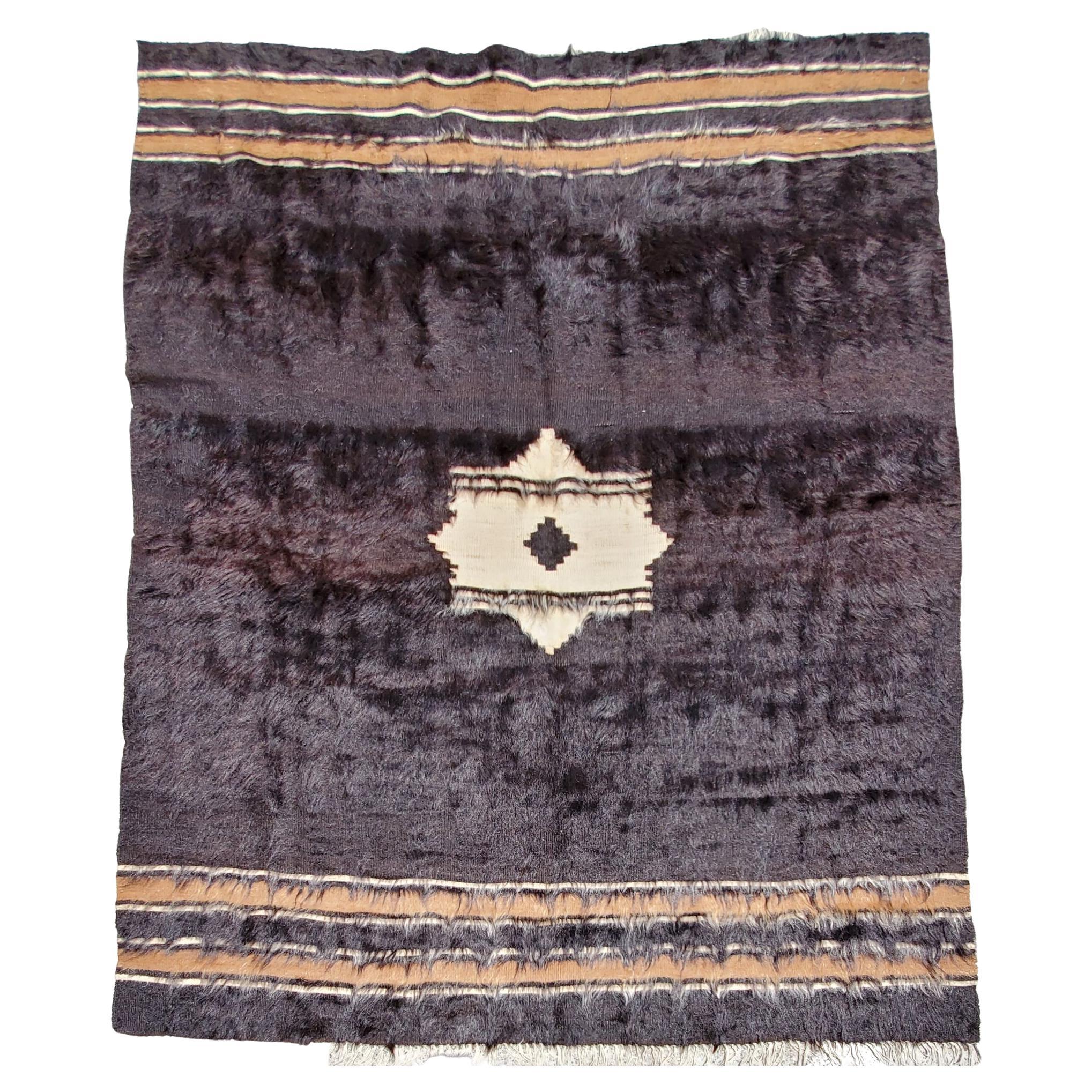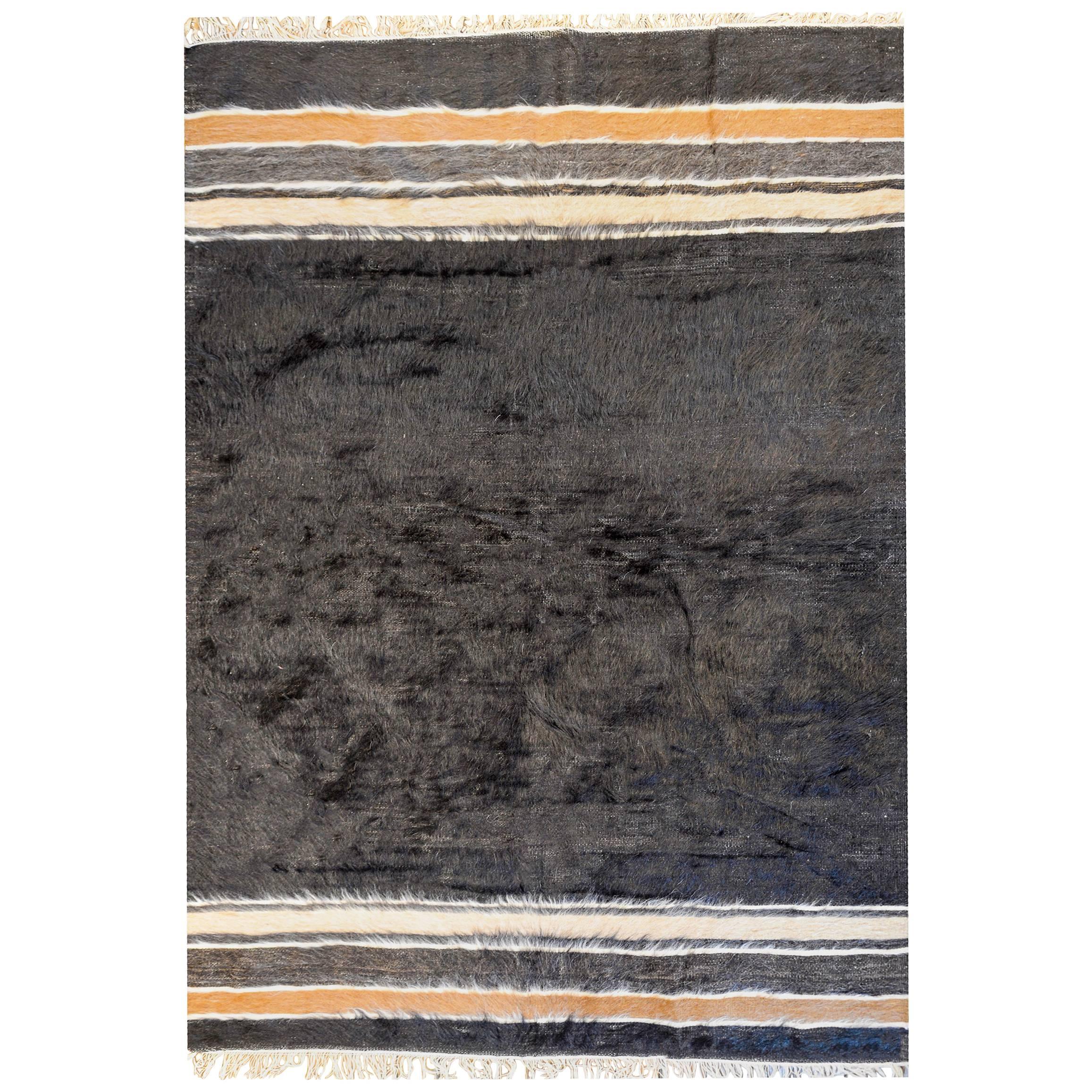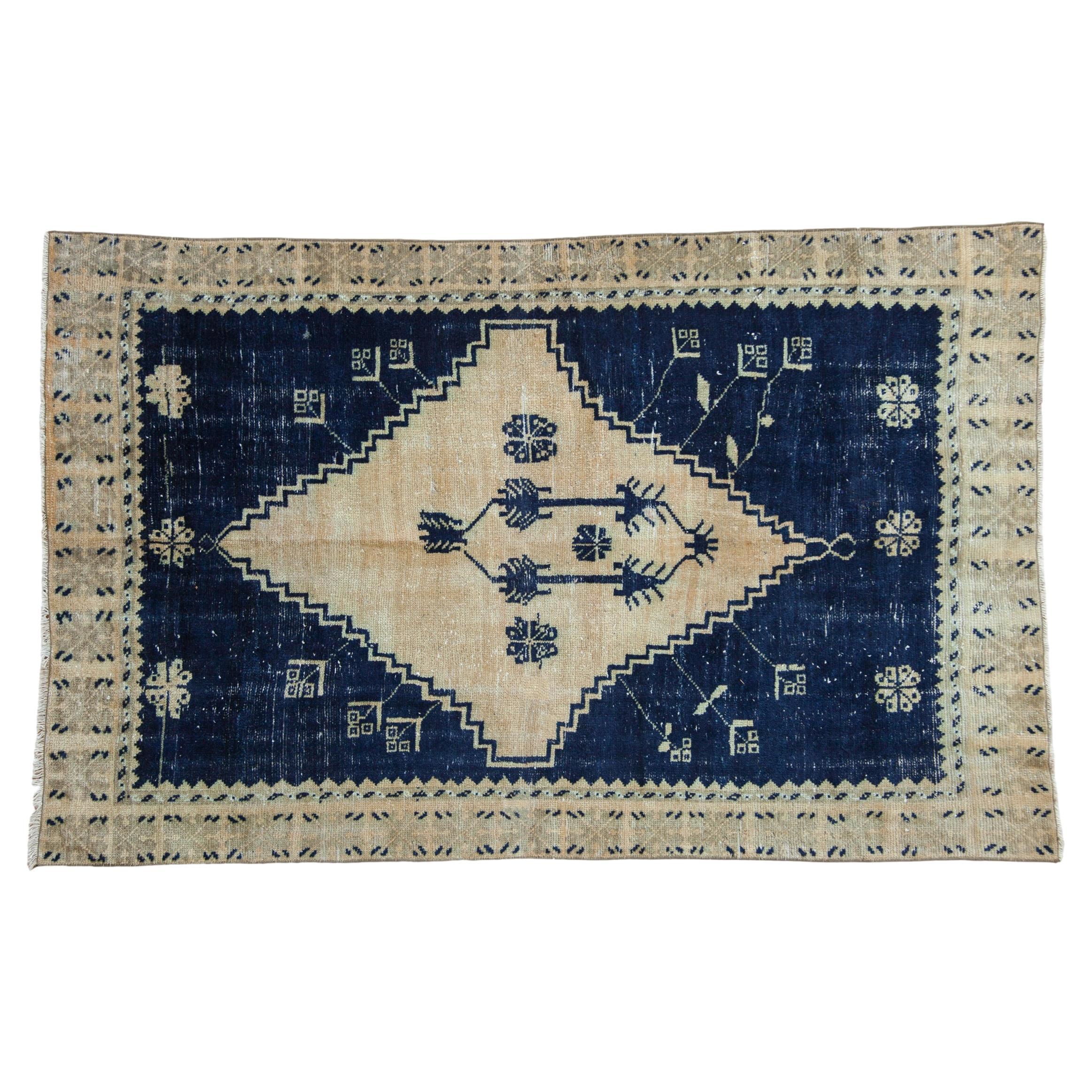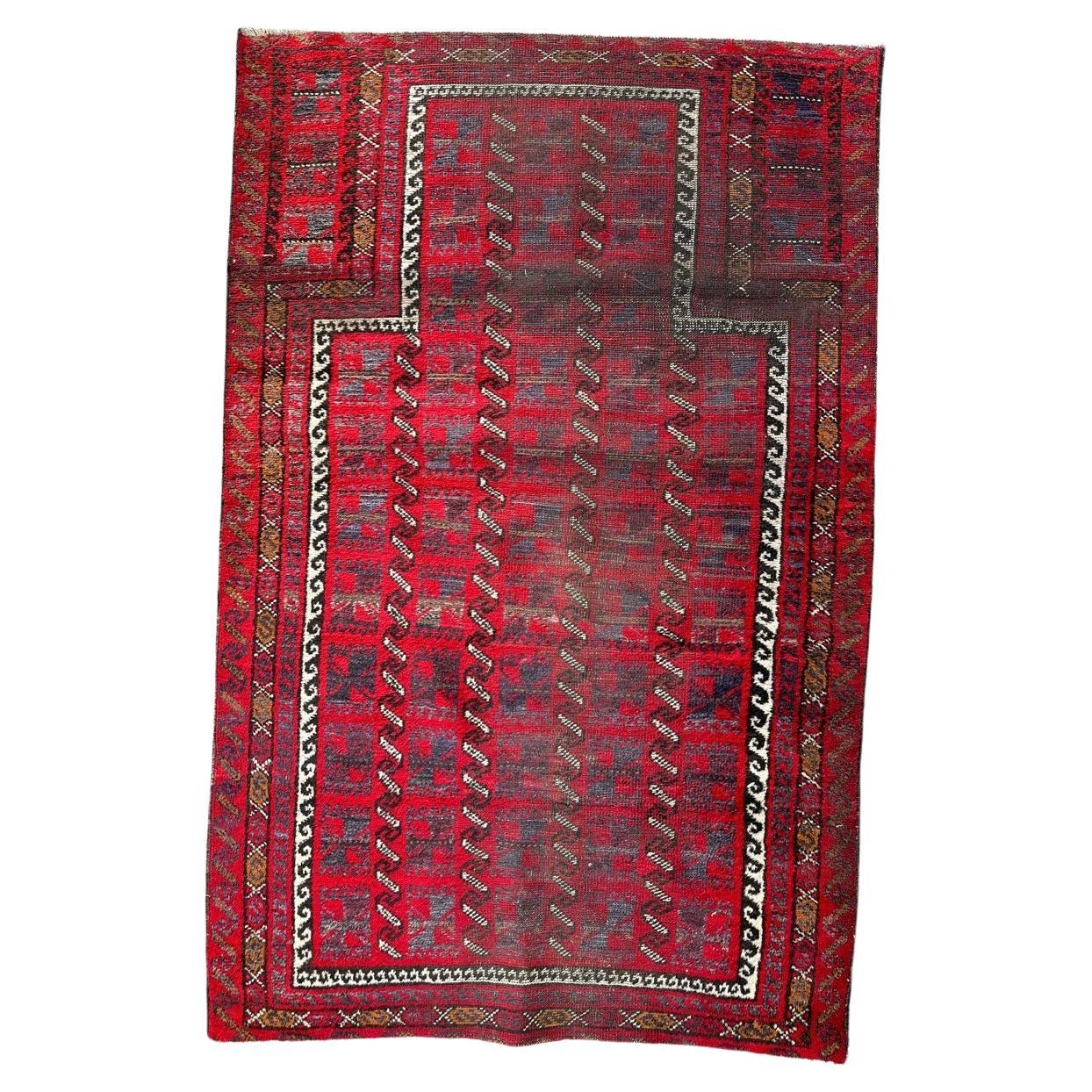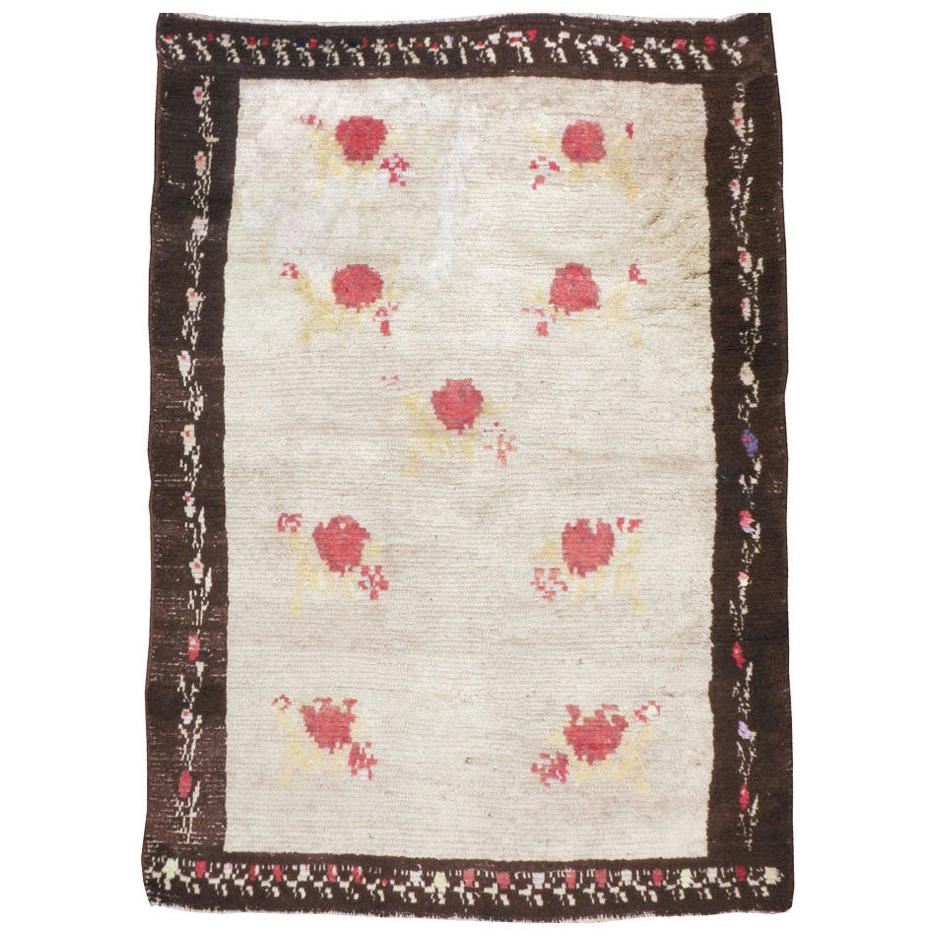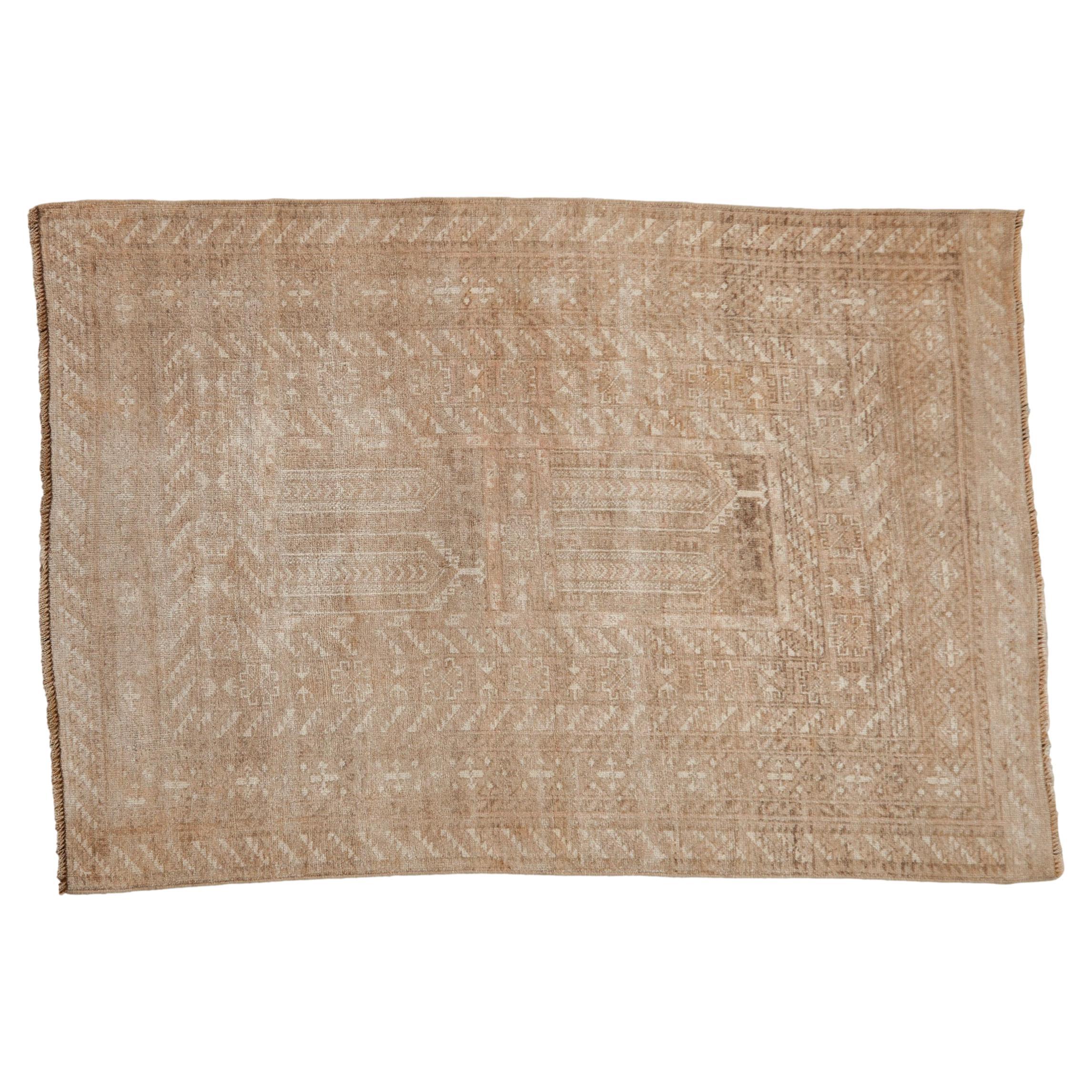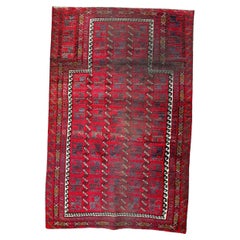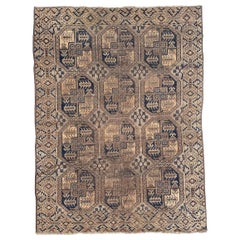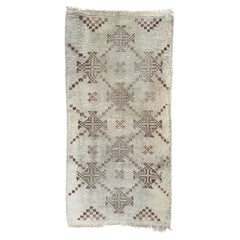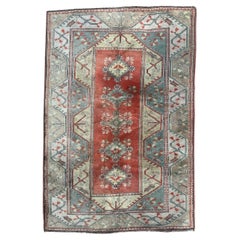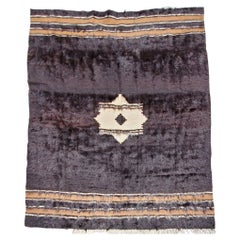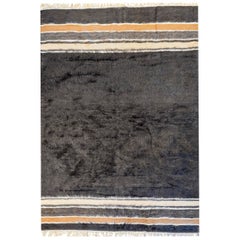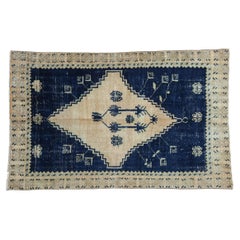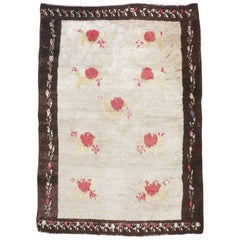Want more images or videos?
Request additional images or videos from the seller
1 of 16
distressed vintage Turkish Sirt rug
$503.18
£378.07
€426
CA$692.88
A$775.47
CHF 405.93
MX$9,420.49
NOK 5,154.26
SEK 4,863.92
DKK 3,242.28
About the Item
Vintage Turkish tribal Kilim with hair at a side, with a simple and tribal design and a dark brown and white colours, with some damages, entirely handwoven with wool.
✨✨✨
"Experience the epitome of luxury and craftsmanship with our exquisite collection of carpets and tapestries. At Bobyrug’s collection, we take pride in offering you not only stunning works of art for your floors and walls but also an unwavering commitment to quality.
All our carpets and tapestries undergo a meticulous cleaning process performed by seasoned professionals before they are delivered. We understand the importance of presenting you with products that are not only beautiful but also clean.
Our dedication to ensuring your satisfaction is what sets us apart. Trust in us to deliver clean, captivating pieces that will enhance the beauty of your space. Explore our exclusive range and bring home the elegance and charm that Bobyrug’s collection can provide.
Elevate your surroundings with the splendor of our carpets and tapestries – where art meets expertise."
- Dimensions:Width: 51.97 in (132 cm)Length: 79.93 in (203 cm)
- Style:Tribal (In the Style Of)
- Materials and Techniques:Wool,Hand-Woven
- Place of Origin:
- Period:
- Date of Manufacture:Circa 1950
- Condition:Minor structural damages. Damages.
- Seller Location:Saint Ouen, FR
- Reference Number:Seller: 1/4/24-31stDibs: LU3230139098312
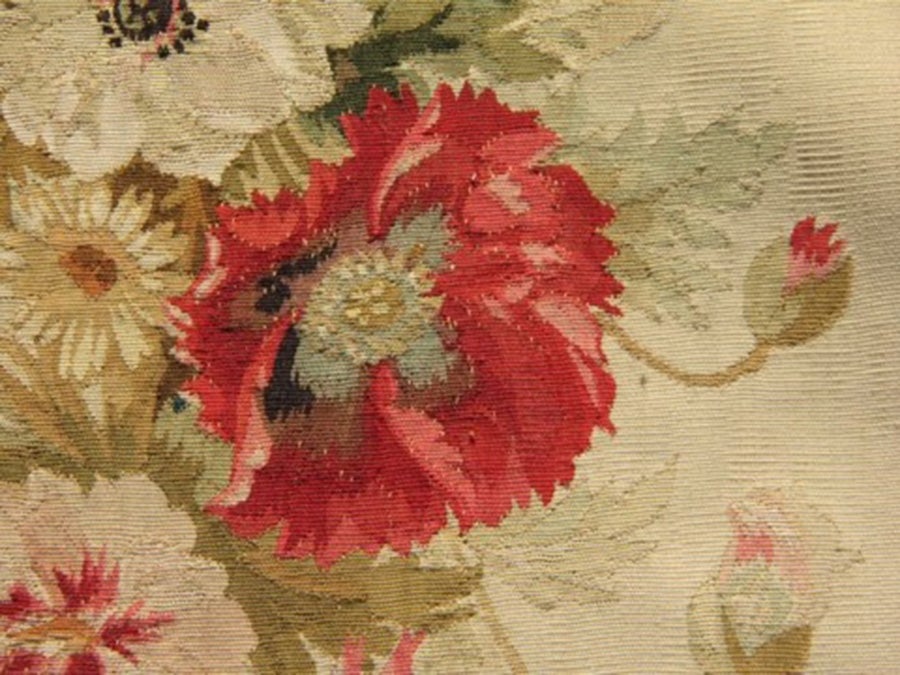
About the Seller
5.0
Platinum Seller
Premium sellers with a 4.7+ rating and 24-hour response times
1stDibs seller since 2017
464 sales on 1stDibs
Typical response time: <1 hour
- ShippingRetrieving quote...Shipping from: Saint Ouen, France
- Return Policy
Authenticity Guarantee
In the unlikely event there’s an issue with an item’s authenticity, contact us within 1 year for a full refund. DetailsMoney-Back Guarantee
If your item is not as described, is damaged in transit, or does not arrive, contact us within 7 days for a full refund. Details24-Hour Cancellation
You have a 24-hour grace period in which to reconsider your purchase, with no questions asked.Vetted Professional Sellers
Our world-class sellers must adhere to strict standards for service and quality, maintaining the integrity of our listings.Price-Match Guarantee
If you find that a seller listed the same item for a lower price elsewhere, we’ll match it.Trusted Global Delivery
Our best-in-class carrier network provides specialized shipping options worldwide, including custom delivery.More From This Seller
View AllBobyrug’s Beautiful vintage distressed Turkish rug
Located in Saint Ouen, FR
Nice vintage distressed Turkish rug with a design of mihrab and red, black, grey and white colours, important wears due to the use and age. Entirely hand knotted with wool on wool fo...
Category
Mid-20th Century Turkish Rustic Central Asian Rugs
Materials
Wool
$377 Sale Price
20% Off
Antique Distressed Turkmen Afghan Rug
Located in Saint Ouen, FR
Distressed antique Turkmen Afghan rug with geometrical design and nice grey colors, entirely hand knotted with wool velvet on wool foundation.
Category
Early 20th Century Afghan Tribal Central Asian Rugs
Materials
Wool
$1,190 Sale Price
20% Off
nice small distressed tribal Moroccan rug
Located in Saint Ouen, FR
Nice mid century tribal Beni Ouarain Moroccan rug with a geometrical design and with and brown colours, uniform wears, entirely hand knotted with wool on cotton foundation
✨✨✨
"Exp...
Category
Mid-20th Century Tribal Moroccan and North African Rugs
Materials
Wool, Cotton
$425 Sale Price
20% Off
Large vintage distressed Turkish Kars rug
Located in Saint Ouen, FR
Mid century Turkish rug with a geometrical design and light colours, entirely hand knotted with wool on wool foundation
Some wears
✨✨✨
"Experience the epitome of luxury and crafts...
Category
Vintage 1980s Turkish Oushak Turkish Rugs
Materials
Wool
$1,133 Sale Price
20% Off
Vintage Moroccan Tribal Berbere Béni Ouarain Rug
Located in Saint Ouen, FR
A beautiful Beni Ouarain Moroccan rug with a tribal design and light colors, mid-20th century, entirely hand knotted with wool velvet on cotton foundation. Good conditions.
Category
Mid-20th Century Moroccan Tribal Moroccan and North African Rugs
Materials
Wool
Vintage Rustic Moroccan Rabat Rug
Located in Saint Ouen, FR
Beautiful midcentury Moroccan rug with a geometrical and tribal design with central medallion and stylized flowers and a blue field with brown, grey, white and black, entirely hand k...
Category
Mid-20th Century Moroccan Tribal Moroccan and North African Rugs
Materials
Wool
$2,419 Sale Price
20% Off
You May Also Like
Handmade Midcentury Mohair Turkish Rug
Located in Pasadena, CA
handmade midcentury Mohair Turkish Rug.
Brown Back Ground with dark brown Center Eye with fringe and side stripes.
measures approx 60 x 72.
Category
Vintage 1970s Turkish Modern Turkish Rugs
Materials
Mohair
Vintage Turkish Tulu Rug
Located in Chicago, IL
A vintage Turkish Tulu rug with wide central field of black wool, flanked by multiple cream and brown, naturally occurring, colored wool stripes.
Category
Vintage 1960s Turkish Tulu Turkish Rugs
Materials
Wool
$2,600
Vintage Distressed Oushak Rug
Located in Katonah, NY
:: Partial offset suggested medallion based on thin banded vinery and blossoms atop a partial abrashed field and stepped corner spandrels with outwardly directed floral blossoms and...
Category
Vintage 1950s Turkish Oushak Turkish Rugs
Materials
Wool, Cotton
Mid-20th Century Handmade Turkish Anatolian Throw Rug
Located in New York, NY
A vintage Turkish Anatolian throw rug handmade during the mid-20th century.
Measures: 3' 6" x 4' 11"
Turkish Rugs & Carpets:
Until the Great Persian Carpet Revival in the later 19th century, the “Oriental rug” was Turkish. For nearly six centuries, Turkish rugs, both scatter, room size, and even larger, thoroughly dominated the European import market. Whereas the Persian carpet can be divided into urban, village, and tribal types, in Turkey and its predecessor the Ottoman Empire, rugs almost exclusively came from village weavers and from a small number of urban workshops. Ninety percent village, nine percent city, one percent tribal.
Turkish weavers have, with very few exceptions, always worked with the symmetric (Turkish) knot. Wool foundations are standard practice among both town and village weavers. The exceptions, very finely woven 20th century and recent Herekeh silks from near Istanbul, and early 17th century Ottoman Court rugs from Bursa, constitute only a tiny part of the total. Always pricey, they appealed and still appeal to the clients who want lots of knots and perfect execution instead of individual personality.
The urban workshops have been centered around the western Turkish city of Oushak and its attendant port town of Smyrna. Oushak weaves with the trends in fashion. When color saturated medallion carpets were needed, Oushak was ready in the 17th and 18th centuries. When coarse red and blue carpets were required, Oushak and Smyrna in the 19th century wove them by the boatload. When tastes changed again, and the European dealers in Smyrna wanted room size carpets with lighter and unusual colors, and with Persianate designs, production ramped up in nearby Oushak. Those antique, all-wool construction turn-of-the-century carpets are still in high demand with designers. Antique carpets with allover, roughly drawn patterns on grounds of shrimp, rust, straw, cream, pale blue, and pale and pea green, hitherto unavailable colors, are in such demand today that contemporary Oushaks have attempted to mimic them with soft palettes, extra-large scale drawing and coarse weaves.
Oushaks woven for the Turkish market, for palaces, houses and mosques were often oversize with large, repeating medallions, all in shades of (Turkey) red, dark blue, light blue-teal, and ivory, with lemon and green accents. Turkey, along with India, invented standard sizes. By vertically repeating the medallion, one could get one medallion, one with two end halves, two, three, etc. medallions, up to thirty or so feet in length. The process spared making new cartoons for each length and allowed a quicker turnaround time. Oushak, from the time of 15th century “Holbein” rugs onward, has always been a commercial center.
The prayer niche directional rug is primarily a Turkish development. In the towns and villages east of Oushak, in Ghiordes, Kula, Ladik, Kirsehir, Mucur and Konya, among others, arch pattern scatters with bright palettes and weaves varying from relatively fine to moderate were almost the entire production. Antique examples were particularly popular in America around 1900.
Other centers of village weaving were situated on the western coast and adjacent islands with the town of Melas and neighboring villages weaving geometric prayer rugs and scatters with a characteristic khaki green and lots of yellow.
The other large region was in the northwest of Anatolia, near ancient Troy, with the sizable town of Bergama at its center. The satellite towns of Ezine, Karakecilli, Yuntdag, and Canakkale all wove colorful scatters with moderate weaves in all wool with geometric designs and cheerful palettes. Near to Istanbul, these were among the first Turkish rugs to reach Europe in the Renaissance.
The earliest Turkish pieces depicted in Italian Old Master paintings display the so-called “Memling gul”, an allover panel pattern with hooked and stepped elements within the reserves. This pattern continues for centuries in the Konya area and in the Caucasus as well.
Turkey is a land of villages and much of the most interesting Turkish weaving comes from one undiscovered village or another. The Konya-Cappadocia region of central Turkey includes the active towns of Karapinar, Karaman, Obruk, Sizma, and Tashpinar, all weaving Konya-esque scatters and long rugs. Karapinar has been active the longest, since the 17th century. The mosques in and around Konya have preserved locally-made rugs from the fourteenth. In the 20th century, the extra-long pile, many wefted Tulu rug was devised, with limited palettes and color block patterns. These are not really antique Tulus, but they must be a product of long-standing village tradition.
There are thousands upon thousands of rural Turkish villages, almost all with easy access to local tribal wool. Rug students are discovering new names and rug types almost daily. The common denominators are bright colors, geometric designs, wool construction, moderate to coarse weaves and symmetric knots. Synthetic dyes hit the Turkish rug industry quickly and hard after 1870, and they penetrated to even the most off-the-beaten-track villages. This development was almost entirely negative. The village weavers used fugitive or overly bright dyes which ruined the color harmonies built up over centuries. Characteristic types disappeared or were negatively transmuted. The Turkish village rug of the 1870 to 1920 period is nothing to be proud of.
In the eastern provinces, the semi-nomadic Kurdish tribes, collectively called ‘Yuruks’, weave all wool, geometric pieces with medium to medium-coarse weaves, as well as kilims and other flatweaves. The rugs employ cochineal instead of madder for the reds, mustard yellows, greens, and various blues. They are under-collected like the Persian Afshars. Their rugs are in scatter and long rug formats. The far eastern Turkish town of Erzerum has a long tradition of idiosyncratic, semi-workshop rugs and further to the east is Kars with a tradition of rugs in the Caucasian Kazak manner.
One Turkish specialty is the Yastiks or cushion cover, made in pairs for the public living rooms of village houses. These are larger rugs in miniature and good ones are highly collectible. Like other Turkish rustic weavings, ones with synthetic dyes are almost totally undesirable. Only the tribal Baluch make similar cushion covers, known as pushtis or balishts, in the same small, oblong format. Yastiks always have a back, usually in plain weave, so that they can be easily stuffed.
When the Imperial Carpet Factory at Herekeh near Istanbul closed in the early 20th century, the highly proficient Armenian master weavers set up in the Kum Kapi district of Istanbul where they wove all-silk, exquisitely fine and elaborately detailed small pieces, sometimes enriched with metal thread, for the most discriminating European buyers. Today the best, signed Kum Kapi pieces, usually in the “Sultan’s head” prayer niche design, can fetch upwards of $100,000. They are strictly for the wall. An Interwar all-silk room size Kum Kapi carpet is both exceedingly rare and stratospherically priced. The workshops closed in the 1930s, but the weaving of extremely fine, all-silk small rugs in Herekeh was revived in the 1960s.
There has been a recent vogue for larger Turkish village vintage...
Category
Mid-20th Century Turkish Rustic Turkish Rugs
Materials
Wool
Vintage Distressed Turkmen Rug
Located in Katonah, NY
:: Center panels with germinating plants in an intricate design of leaves and serrated contour wrapped by multiple borders layering the framed main design elements with great rhythm ...
Category
Vintage 1970s Turkmen Other Central Asian Rugs
Materials
Wool
Fantastic Vintage Turkish Siirt Rug
Located in Chicago, IL
A fantastic vintage Turkish Siirt rug woven with alternating brown, black, white, and camel-colored stripes.
Category
Mid-20th Century Turkish Tribal Turkish Rugs
Materials
Wool
More Ways To Browse
1960s Ceramic Tile
1980s Marble Table
Anodized Aluminum Table
Antique Empire Mahogany Table
Australia Ceramics
Bleach Dining Table
Cocktail Fork Set
Early Texas Furniture
French Curved Desk
French Inlaid Side Table
German Painting On Porcelain
Glass Table Wheels
Italian Walnut Writing
Larsen Fabric
Sculptural Iron Table
Tilting Desk
Vintage Oval Side Table
Wood Wing Chair
